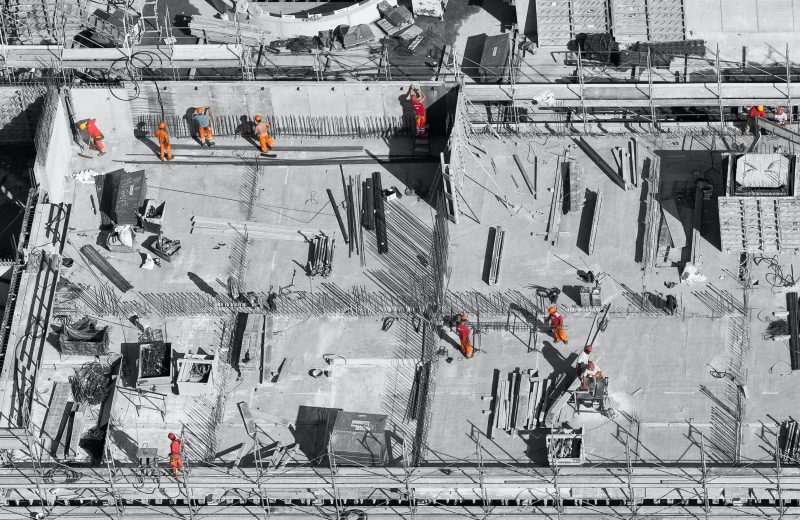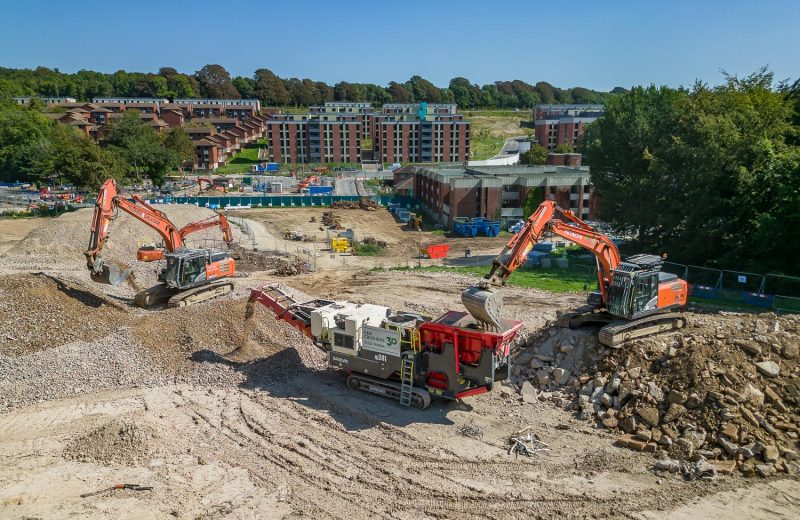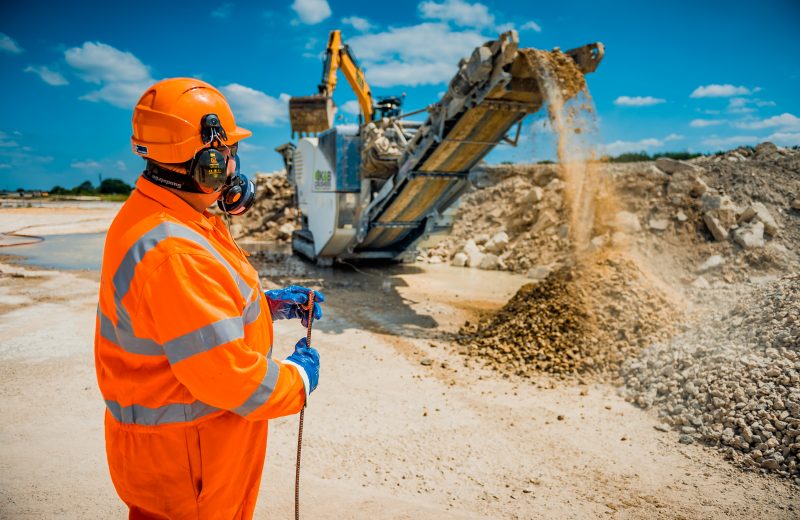Summer is right around the corner, and many of us will be looking to revamp our gardens with garden aggregates ready for warmer days and lighter evenings. Whether you are searching for a centrepiece or corner patio, gravel is the perfect material to accentuate your garden this summer.
Not only is choosing gravel cost-effective, but it is also natural, low maintenance, and can create a beautiful ambience in your garden. Selecting the right gravel for your project, however, may feel like a difficult task when you already have so much on your DIY to-do list.
Where to use gravel in the garden
Gravel is incredibly versatile, and whether you are looking for a modern or conventional style garden, you can use it for many different purposes such as gravel bedding, small touches surrounding the garden, patios, pathways, and more.
When designing your new garden, it’s important to consider using a variety of materials to prevent the garden from becoming too messy or busy. Gravel pairs well with oak, brick and stone. Gravel can bring decking or paving designs to life and create a comforting place to relax for family and friends.
Types of gravel to use
Choosing the right gravel depends on the theme you have in mind when designing your garden. Different types of garden aggregates come in various shapes, colours and sizes. For example, pea gravel shades range from brick redwood to natural browns. There are light options too, such as grey or white.
- Loose gravel: this is a great option that suits modern or countryside gardens. It is an incredibly affordable option that is simple to lay and is perfect for pathways or driveways. It is important to consider though, that loose gravel will often wander and you may find yourself raking gravel more often than not. Try using a cellular grid over the weed membrane to prevent gravel from moving so much.
- Self-binding gravel: this works well in both traditional and modern gardens and will form a solid base and surface once compacted. It is more natural-looking gravel and looks fantastic on raised flooring.
- Resin-bound gravel: this gravel is best suited in urban areas and looks similar to loose gravel, with a more streamlined finish. With various colours and textures to choose from, this gravel looks great over newer bases.
How to use gravel in your garden
Pathways
Gravel can define pathways throughout your garden and make it easier to navigate. It’s recommended that you use smaller stones for pathways that are more comfortable to walk on, but still large enough that it is visibly decorative gravel. Gravel makes pathways very simple to form and structure, and is easily adaptable to suit your design needs.
Driveways
Gravel driveways look incredibly smart and are cost-effective and easy to maintain. A gravel driveway can last well for generations if you care for it appropriately and if laid correctly, can take minimal clean-up time. Consider using gravel that is 10-18mm in size to prevent pieces from getting stuck in tyre treads.
Weed control
Partnered with a weed suppressant membrane, gravel is the best solution for areas where weeds are prevalent. Gravel can lighten the area and prevent any mess from weeds from growing.
Pot topping
With pot topping, plants can be surrounded by finer-grade gravel to prevent any unwanted weeds and act as a moisture mulch to keep plants healthy and happy. Gravel can also help prevent soil from splashing back up on flowers and affecting their appearance.
Getting started
At K&B Crushers, all our recovered and reclaimed aggregates are treated using advanced processes and material screening techniques, to exactly match your specifications. Aggregates are an essential ingredient for tough concrete, foundations, levelling and filling. Get in touch with us today to find out more about garden aggregates.



